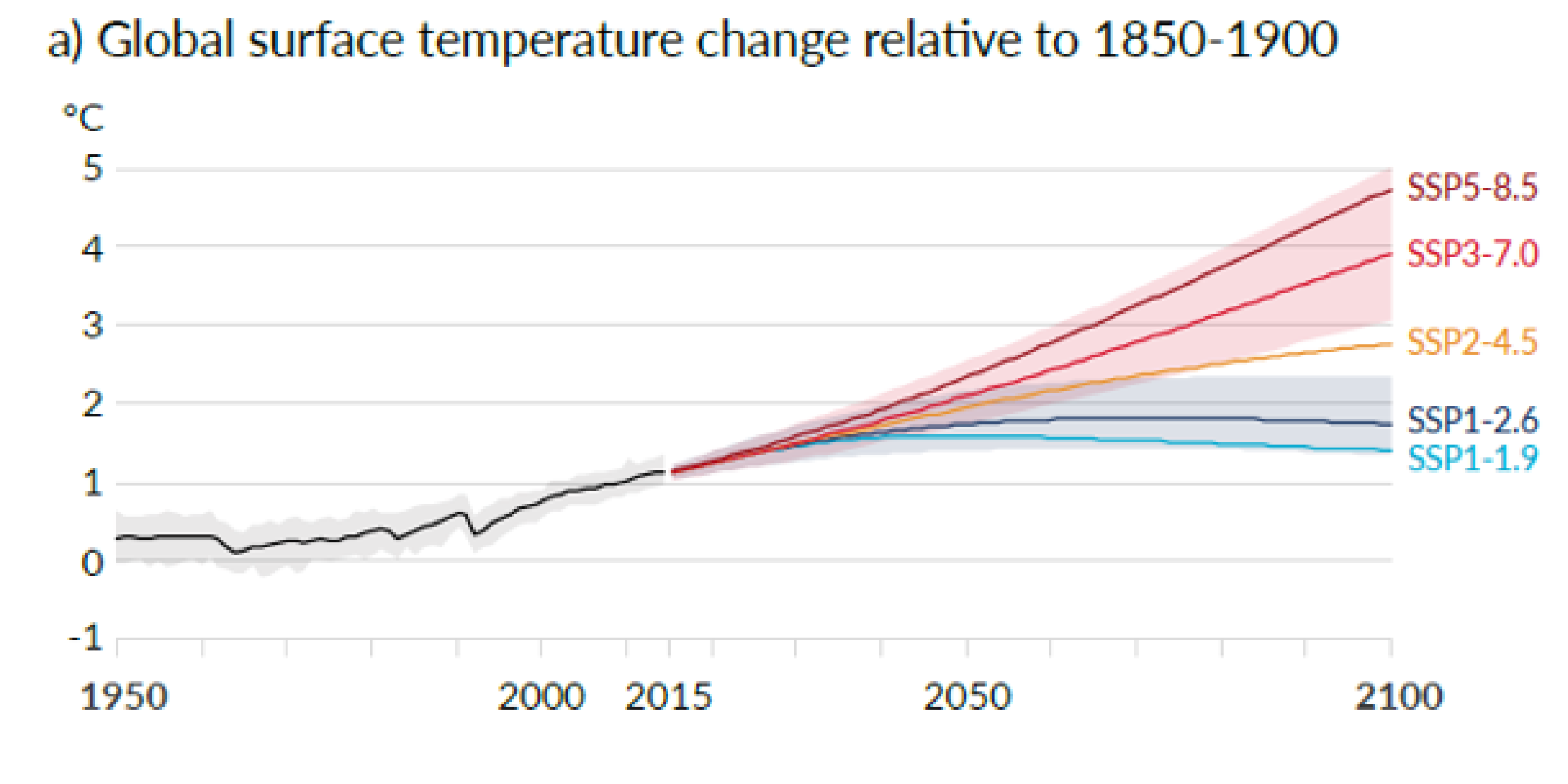
AdaCore Contribution to Reducing GHG Emissions
by Yannick Moy , Nicolas Venner , Paul Sivac , Tracey Gilbert –
As we’re making progress in our plan to reduce the negative impact of our activities on climate change, we would like to share where we are today and what we’re aiming for. It started for us in 2019, when a working group was formed to assess AdaCore’s contribution to global climate change through its emission of greenhouse gases (aka “carbon footprint”). With the help of a specialized consulting company, we established the first assessment of our carbon footprint for 2019, which gave us a total of annual emissions of 652 tCO2e (for “tons of CO2-equivalent gas”) from a staff of 98. That audit also revealed that our top sources of greenhouse gas emissions were: business travel for 85% (with air travel responsible for 75%) and electricity consumption for 10%. As expected from a software company, our emissions lie almost exclusively in so-called Scope 2 (related to electricity consumption) and Scope 3 (related to third-party services) rather than Scope 1 (direct emissions of GHG). We chose to use the total emissions for Scopes 2 and 3 (638 tCO2e in 2019) for tracking, thus excluding 14 tCO2e of Scope 1 emissions, which are negligible and harder to track.
Then came COVID which reduced our emissions by 61% in 2020, mostly by preventing travel by plane between countries for a large part of the year. For example, we did not organize our usual all-hands meeting in the summer of 2020, which would have required at least half the staff to take long-distance flights. With flying restrictions easing in 2021, and as staff grew from 98 persons to 154 persons today, we saw our GHG emissions bounce back towards pre-COVID levels. AdaCore realized that we need to put in place measures to reduce air travel by AdaCore’s staff now if we want to avoid getting back to our previous level of carbon emissions.
So how did we do that?
First, we had to agree on an objective for the current year and beyond. Initially, it was unclear if this objective would depend on growth factors like revenue or the staff headcount. However, we discovered the Science Based Target Initiative (SBTi) which promotes best practices based on science for setting such targets. And we adopted the linear 5% annual decrease that they recommend for reaching net-zero. So we decided quite naturally to take 2019 as our base year, with an initial total emissions of 638 tCO2e, and to decrease our emissions by 32 tCO2e every year. While continuing to grow our business and serve our customers.
There were two important steps in that commitment. The first was to get the AdaCore board to sign on to it until 2025. The second was to include specific measures in our travel policy to de-emphasize air travel as our only means to collaborate in a globally distributed company like ours. In particular, alternatives to travel must be considered before agreeing to travel in person: video / web / audio conferencing. It is strongly recommended that travel by train is preferred when transportation time from point A to point B is 5 hours or less.
We also changed electricity providers for our offices, in favor of contracts that support the production of electricity through renewable means. We benefited from our decision to shut down on-premises computing rooms in favor of cloud solutions, with much better carbon footprints. Overall, this reduced the emissions related to electricity consumption from 68 tCO2e to 40 tCO2e.
As a result of these measures, we emitted 469 tCO2e in 2023. Well below our target cap for emissions in 2023, which was 638 * 80% = 510 tCO2e. But the gap is closing. We will need to work harder to stay below our 478 tCO2e target cap for emissions in 2024, and similarly in the years that follow. To accompany the necessary change in how we do business, we have started to educate ourselves on the ecological transition, offering channels for volunteer teammates who want to exchange and brainstorm on this topic. Because it will ultimately require work from everyone in the company to take our part in reducing GHG emissions. We are only at the beginning of this collective endeavor.
And we are not alone. We benefited from the example of other companies that started on this path before us, for example through Les Collectifs, which gathers groups of employees who act to reduce the emissions in their companies (in France). Now we expect many more companies to join us!
The cover image comes from the IPCC Sixth Assessment Report published in March 2023. It shows five widely different Shared Socioeconomic Pathways for our future depending on our collective action in the next decade



